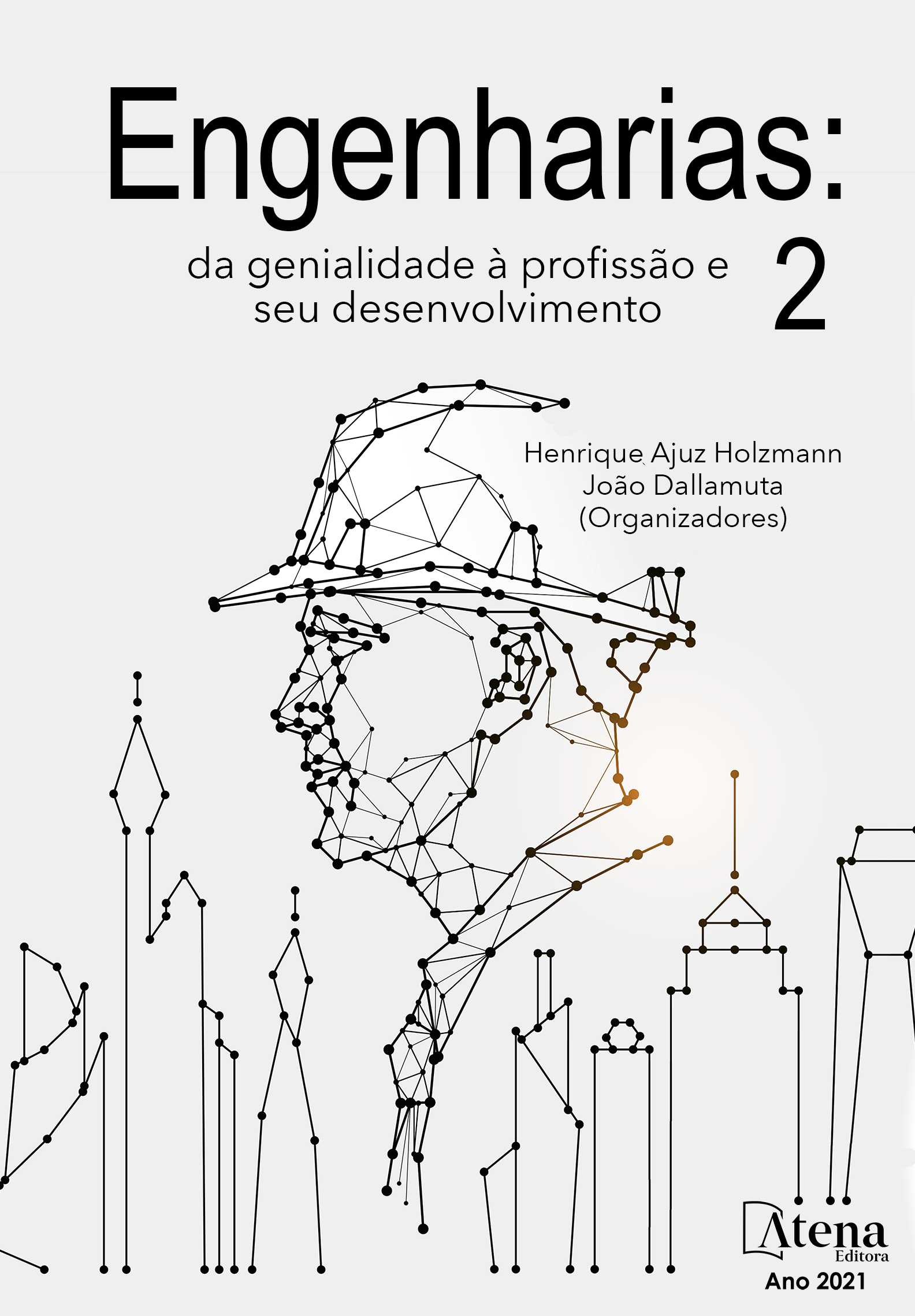
GESTÃO DE FADIGA DE OPERADORES DE CAMINHÕES FORA DE ESTRADA: ESTUDO DE CASO EM UMA MINA A CÉU ABERTO
Os profissionais que trabalham em regimes de turno, como na mineração, têm o seu ciclo circadiano bastante alterado, podendo ser conduzidos a um estado de fadiga. Nessa condição há uma maior propensão à tomada de decisões erradas ou tardias, que comumente são causas de acidentes. Nesse contexto, este trabalho visa verificar a efetividade da aplicação do sistema de gerenciamento de fadiga OptAlert®, que mede a sonolência de operadores de caminhão fora de estrada, em uma mina a céu aberto. Três fases de teste, sob distintas condições de tratativa de fadiga, durante o período de seis semanas cada foram realizadas com vinte e quatro operadores. Os resultados mostraram que a implantação de um sistema de gerenciamento capaz de quantificar a sonolência de operadores e estabelecer procedimentos e tratativas específicas é efetiva no aumento do nível de alerta dos operadores, podendo assim ser útil para redução do risco de acidentes.
GESTÃO DE FADIGA DE OPERADORES DE CAMINHÕES FORA DE ESTRADA: ESTUDO DE CASO EM UMA MINA A CÉU ABERTO
-
DOI: 10.22533/at.ed.24621181110
-
Palavras-chave: gerenciamento de fadiga; sonolência; caminhão fora de estrada; risco de acidente.
-
Keywords: fatigue management; drowsiness; off highway truck; risk of accident.
-
Abstract:
Shift workers, as in mining, have their circadian cycle greatly altered, and may be led to a state of fatigue. In this condition, there is a greater propensity to make wrong or late decisions, which are commonly causes of accidents. In this context, this work aims to verify the effectiveness of the application of the OptAlert® fatigue management system, which measures the drowsiness of off-road truck operators, in an open pit mine. Three test phases, under different fatigue management conditions, during a period of six weeks each were performed with twenty-four operators. The results have shown that the implementation of a management system capable of quantifying the sleepiness of operators and establishing specific procedures and treatments is effective in increasing the operator's alertness level, thus being able to be useful for reducing the risk of accidents.
-
Número de páginas: 10
- Pedro Henrique Evangelista Porto
- Samuel Lourival Diamantino
- Eduardo Augusto Malta
- LEANDRO GERALDO CANAAN SILVEIRA


